MOHAMMED RAFI is rightly regarded as the greatest male playback singer in Hindi cinema history.
With an incredible body of work stretching across thousands of songs, the celebrated star left behind a remarkable legacy, which is being celebrated throughout 2024, as December 24 marks his 100th birth anniversary.
The much admired music star sadly passed away on July 31, 1980, aged just 55, but left behind a remarkable legacy and inspired the generations who followed in his giant footsteps.
Eastern Eye decided to mark the celebrated singer's death anniversary this week by speaking with his London-based grandson Rizwan Rafi. He fondly spoke about his iconic grandfather’s incredible life and gave great insights into him away from stardom.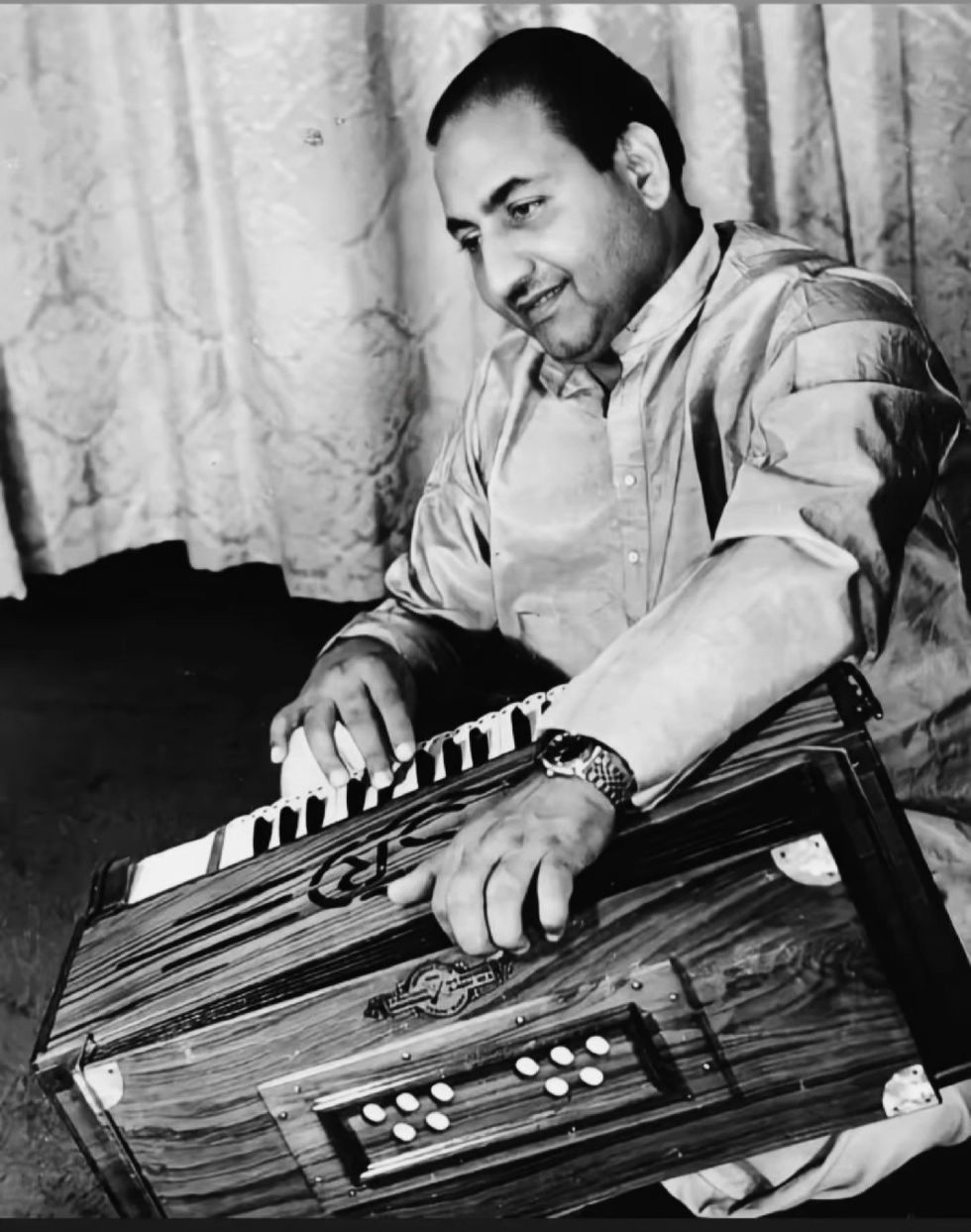
Your grandfather Mohammed Rafi passed away when you were only 14. What was it like growing up with such a legendary family member?
It was always wonderful and fun for all the grandchildren, whenever I had the opportunity to stay with dada and dadi in Mumbai (for holidays). Dada had a very child-like quality when he was with the family and grandchildren. I didn’t see him as Mohammed Rafi, the entertainer. To me he was and is my dada (grandfather). To everyone else he has been a legend, superstar and for some, even a god.
What are your memories of that celebrity aspect?
Whenever we would be out together, people would go crazy when seeing him. I would wonder and think to myself why? Now, as I’ve grown, I realise what he meant to people and what a legend he was and will always be. I’m so proud to be part of the lineage.
What made him such a special talent?
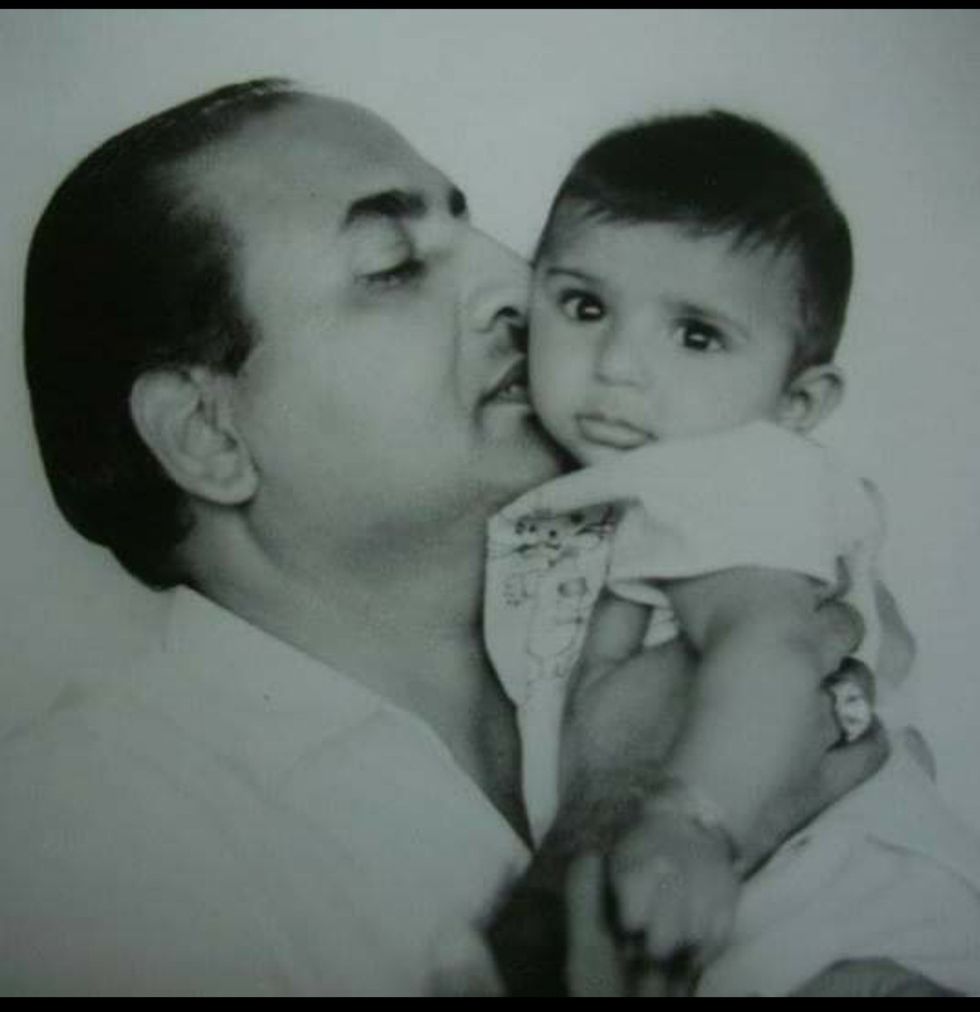
He loved singing and loved his art. He was musically versatile, technically correct and had an amazing ability to mould his voice to the persona of that actor he would be singing for. Dada always asked, ‘who is the song going to be picturised on’. He would then add a new dimension and his own little twist to the track. He gave life to the lyrics. He sang flawlessly in various languages and styles. He was a perfectionist and made it look easy.
Which songs do you think helped define him?
There are so many. They include O Duniya Ke Rakhwale and Chahunga Main Tujhe, where he expressed deep emotion like very few could. The rock ‘n’ roll inspired songs he sung for Shammi Kapoor were revolutionary. He was a master of love songs like the award-winning Chaudhvin Ka Chand Ho and Teri Pyaari Pyaari Surat Ko. With songs like classic qawwali Parda Hai Parda, he showed great versatility. There are so many more.
What are some of your favourite songs of his?
It is very difficult to choose favourites. Some that come to mind include Yeh Duniya Yeh Mehfil, Dil Ka Soon Saaz and Dard E Dil. Baharo Phool Barsao was played at my wedding – if only dada had been around to sing it. Sadke Heer Tujh Pe Hum Fakir Sadke showed beautiful voice control. Kar Chale Hum Fida brings tears every time.
Which of his songs deserve more credit?
He had a high standard and could turn an ordinary song into something extraordinary. Some films that weren’t hits or are not so well known, have many hidden treasures. The fact he left behind so many songs means new generations are constantly discovering these gems.
He was known for his humility even after reaching superstardom, what kept him so grounded?
Dada was not a man who sought out wealth, stardom or worldwide fame. He just simply wanted to sing, which is what he loved. He was a very pious and god-fearing person. His humility and down to earth nature were greatly respected. He never said or did bad to others. His willingness to help and encourage others was widely known.
Are there any stories that come to mind?
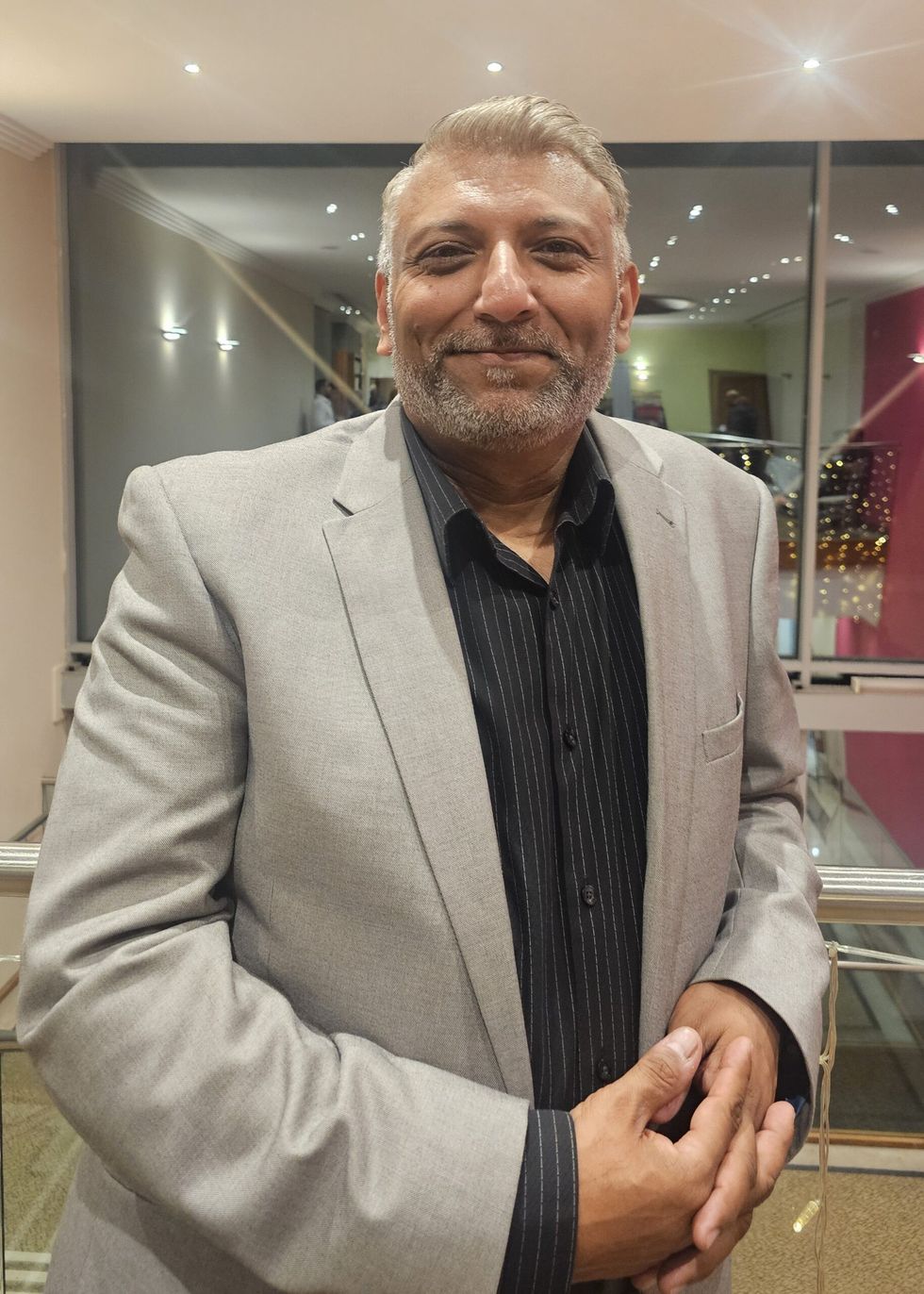
Once, while returning from a walk with a friend, a person in need asked him for money. Rafi Saab gave him rupees without counting. His friends asked why he gave money without counting. Rafi Saab replied in a dignified manner, “if the almighty is giving me rupees without counting, why would I not give someone in need, without counting.”
What do you think motivated him to maintain such a high standard?
Dada loved singing. I think that love and passion for his art is why. He would always think to himself he could have added something or done the song better.
Is there any one part of his remarkable story that is your favourite?
For me, I think it would have to be the live shows. I was able to attend here in the UK back in 1978/1979. I was lucky enough to accompany dada to some song recordings while visiting Mumbai. Whether on stage or in a studio, he was remarkable.
Tell us something not many people know about him.
In his spare time, dada loved to play badminton and carrom. During kite season, he would be on the roof terrace and everyone in the local area would know dada was flying his distinctive black kite. He loved food, especially sweets (even though he was a diabetic). If he would see the grandchildren eating sweets, he would quietly say “may I have some, but don’t tell dadi”.
Tell us about his London connection.
I think London for dada was a getaway from the Bollywood hustle bustle. He was a regular visitor to London and my parents’ house would be the first stop, as we lived and still do, very close to Heathrow airport. Dada liked shopping and would make trips to London’s Oxford Street. Dada also had a great love of cars. I can remember when the Audi 100 was out, he had a blue one shipped back to Bombay.
This year is his 100th birth anniversary. Will you be doing anything to mark it?
I am part of a small singing club called MKC (Monday Karaoke Club), which is a meeting place for those who love golden oldies. We are doing a small show each month this year remembering dada. The plan is to finish off the year with a large show, which is still in the planning.
How do you feel about all the tribute concerts?
I feel very proud and excited to see the whole world remembering my wonderful grandfather.
You have a lot of great unseen photos of him and a treasure trove of information. Are there any plans for a book or exhibition?
I would love to do something, I’m sure that all the fans and those who appreciate history would like to see these. Maybe somewhere in the future the plans for a book and exhibition will fall in place.
Do you have a final thought?
Many have said they would love to sing like Mohammed Rafi Saab. I would say that no one will ever sing like him. There will only be one Mohammed Rafi. But please ‘be like Rafi’. The humble human being, who was modest, simple, god fearing, kindhearted and showed love to others. Words to describe him are simply not enough.
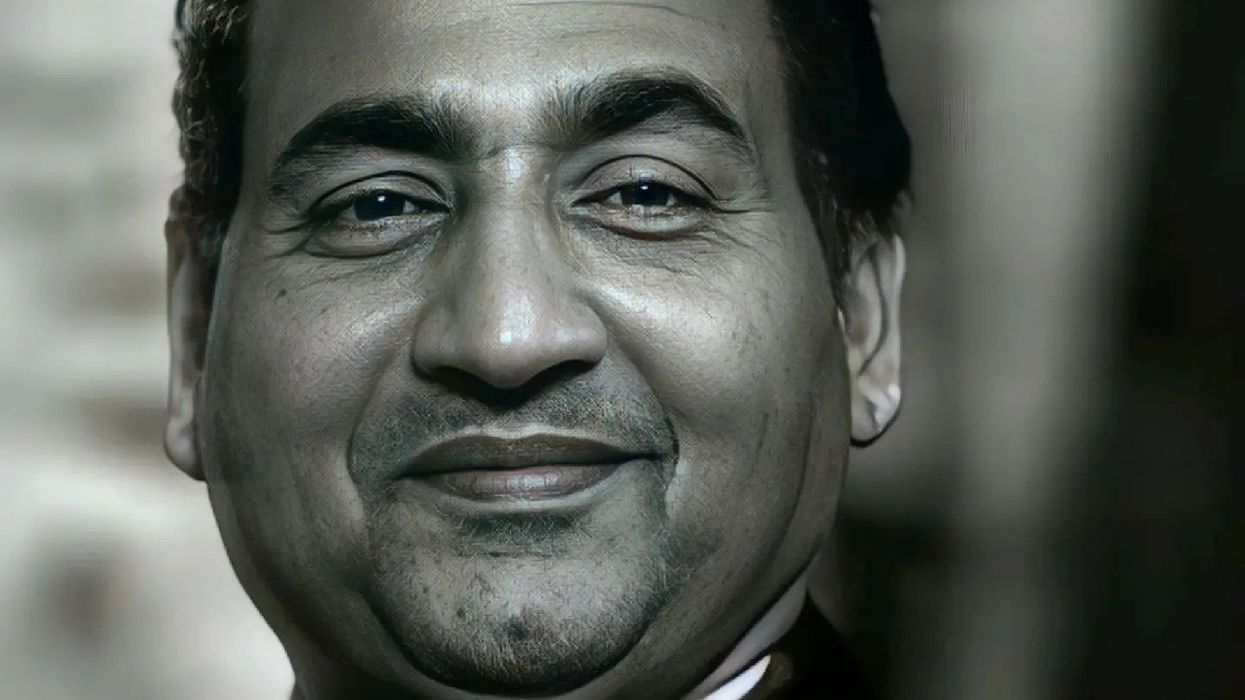




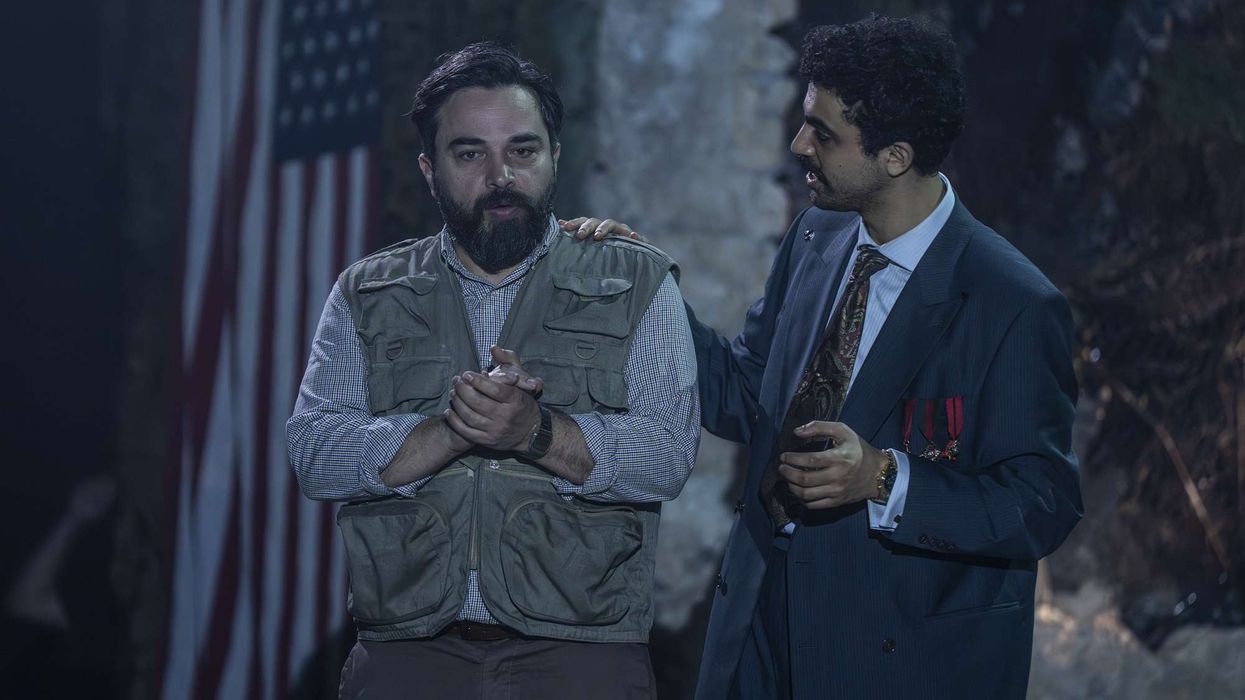
 Ammar Haj Ahmad, Sayyid Aki ©EllieKurttz
Ammar Haj Ahmad, Sayyid Aki ©EllieKurttz 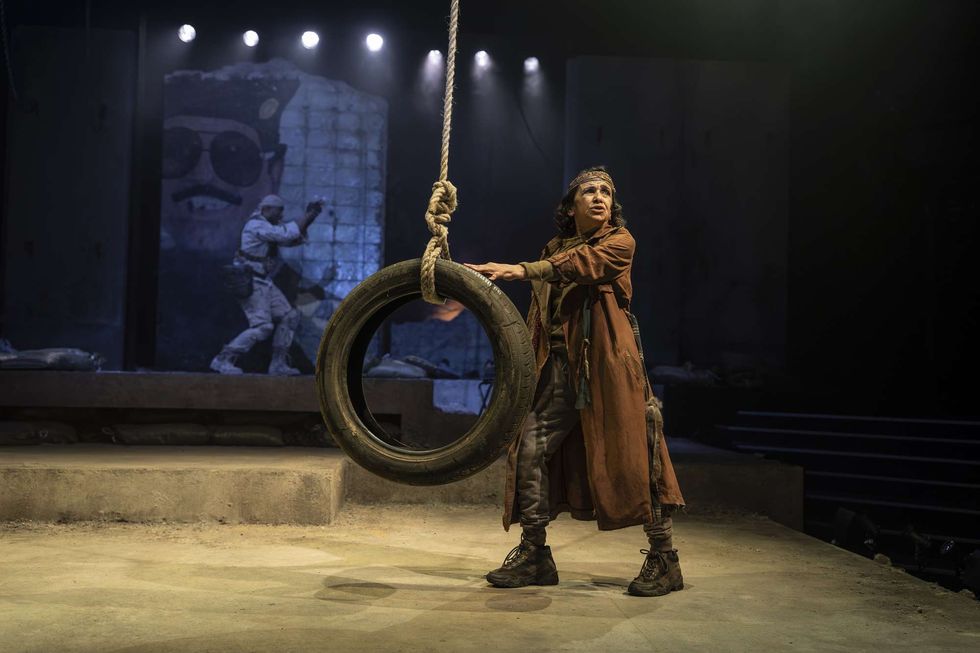 Kathryn Hunter, Arinzé Kene©EllieKurttz
Kathryn Hunter, Arinzé Kene©EllieKurttz





